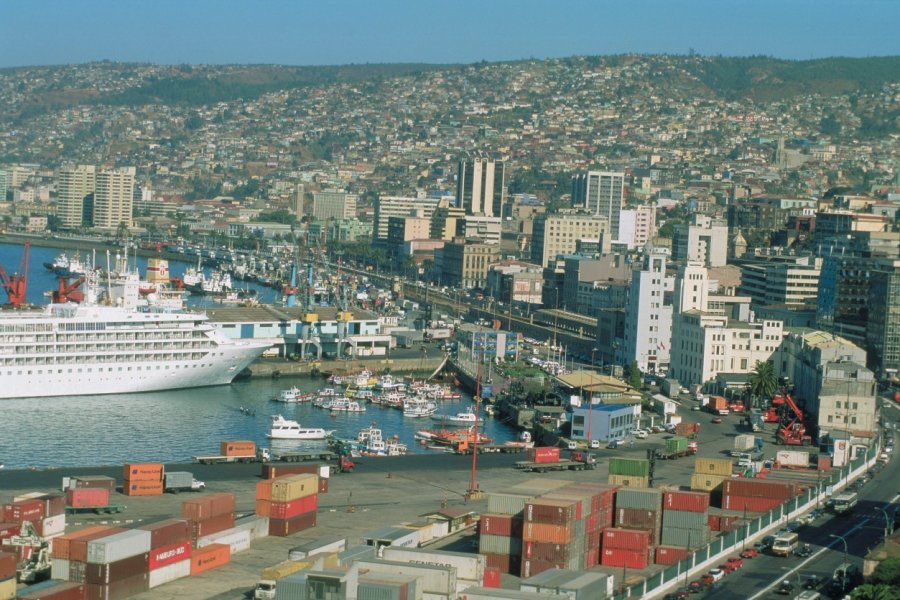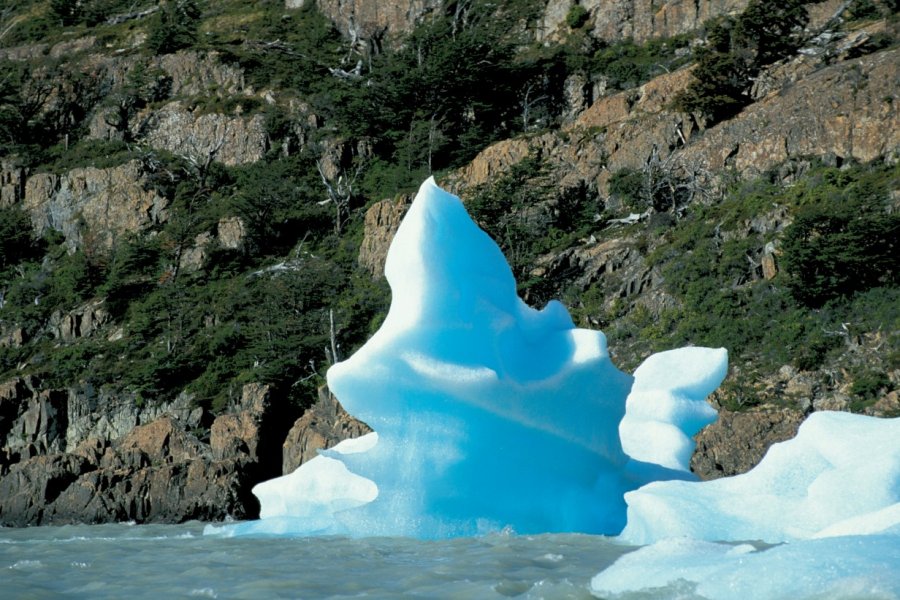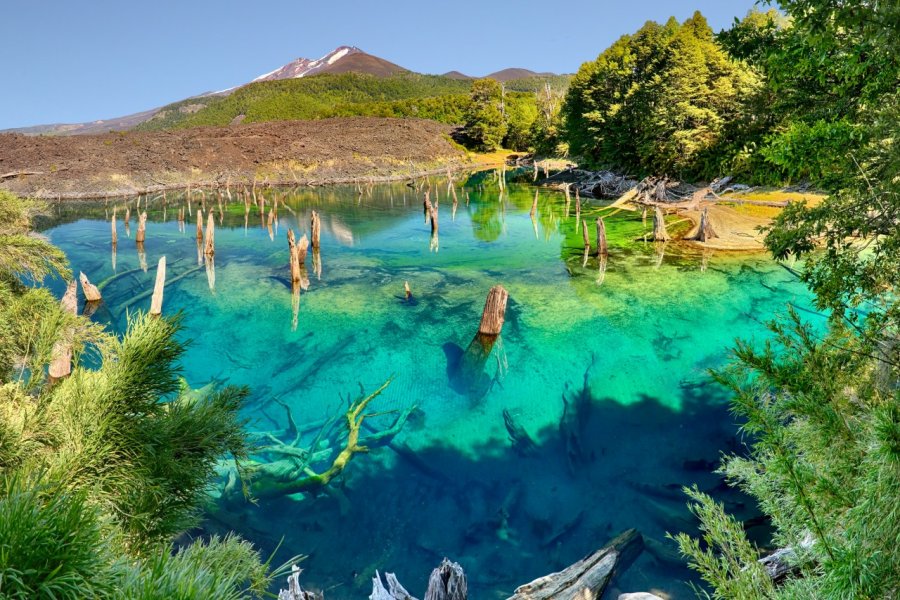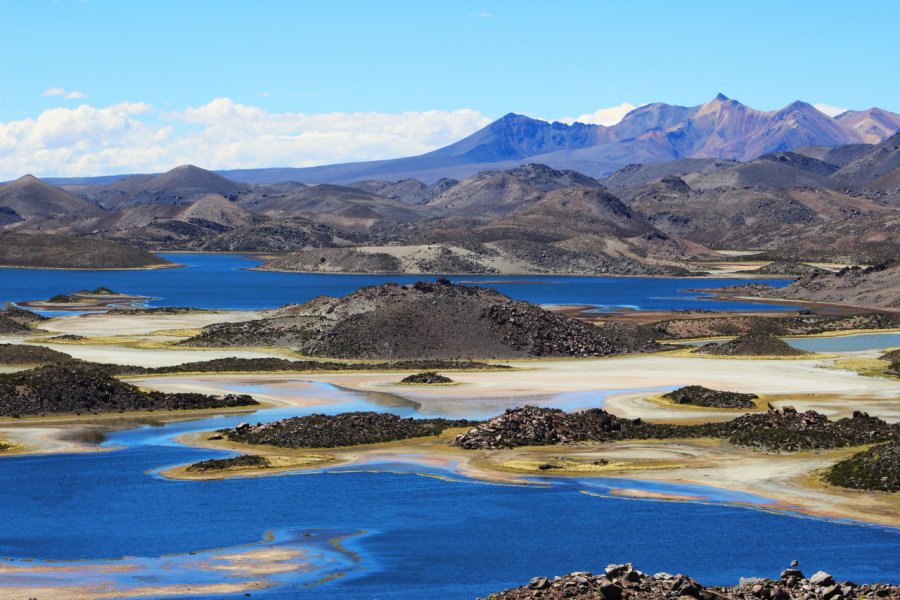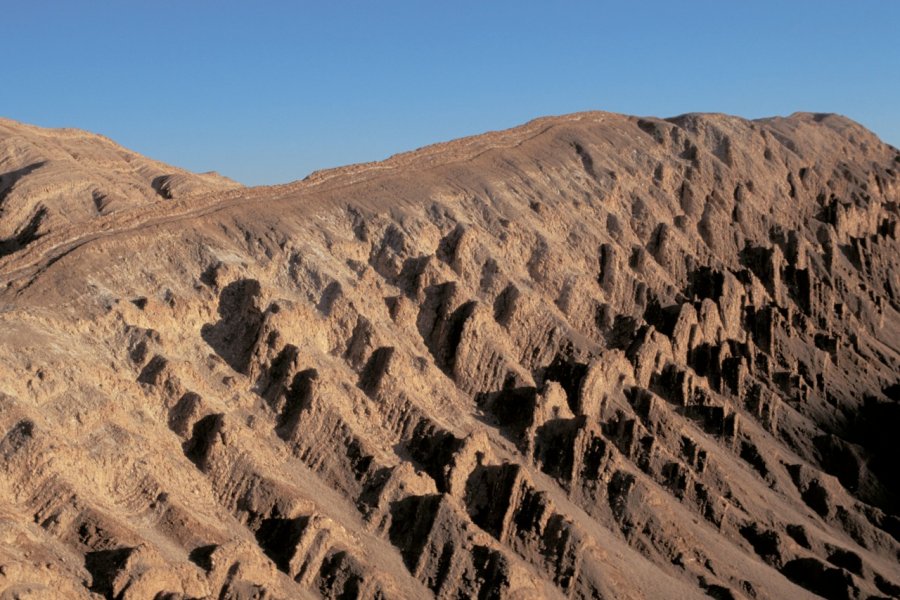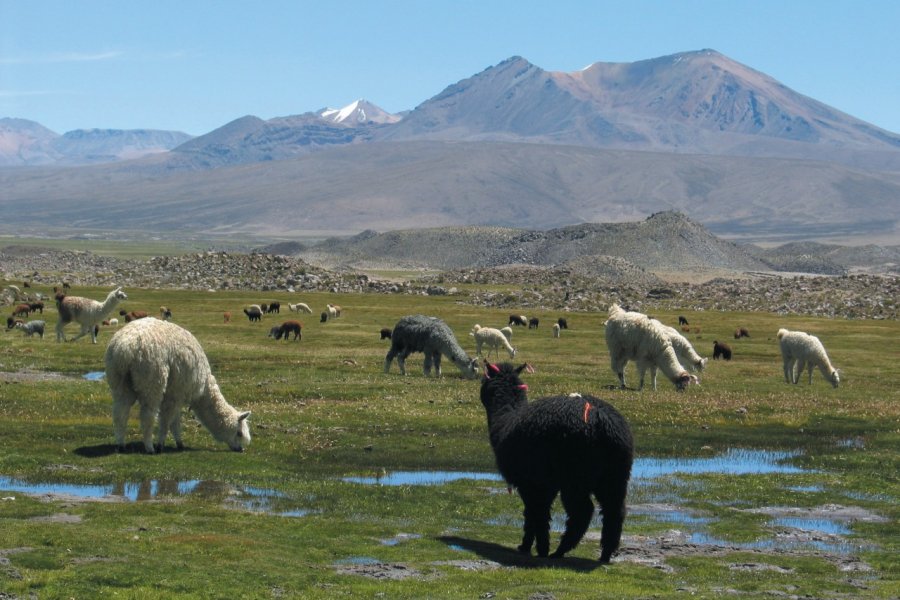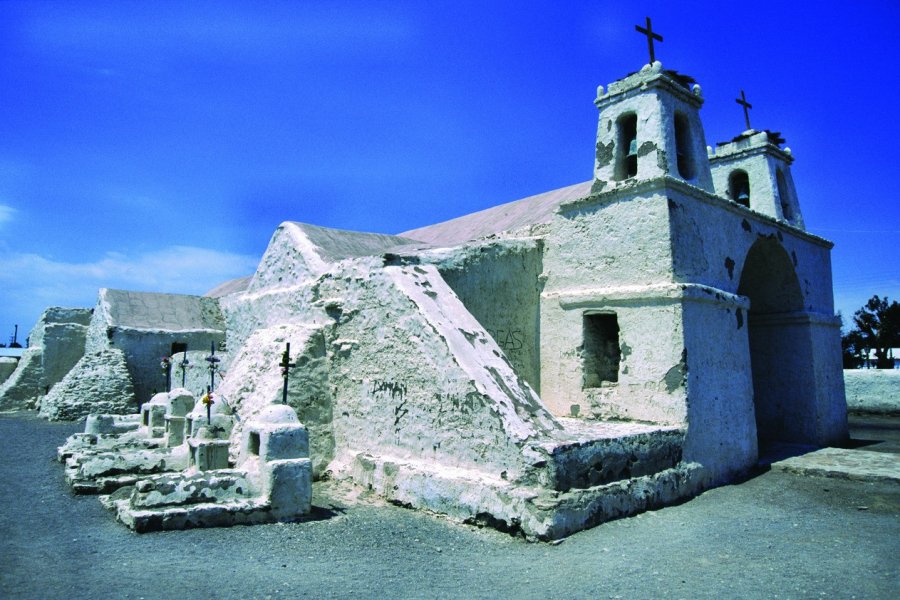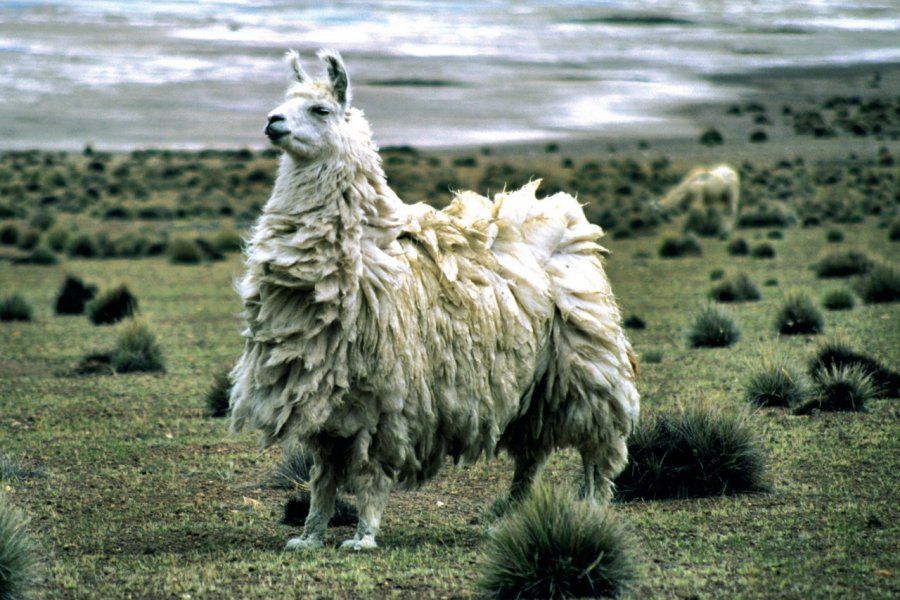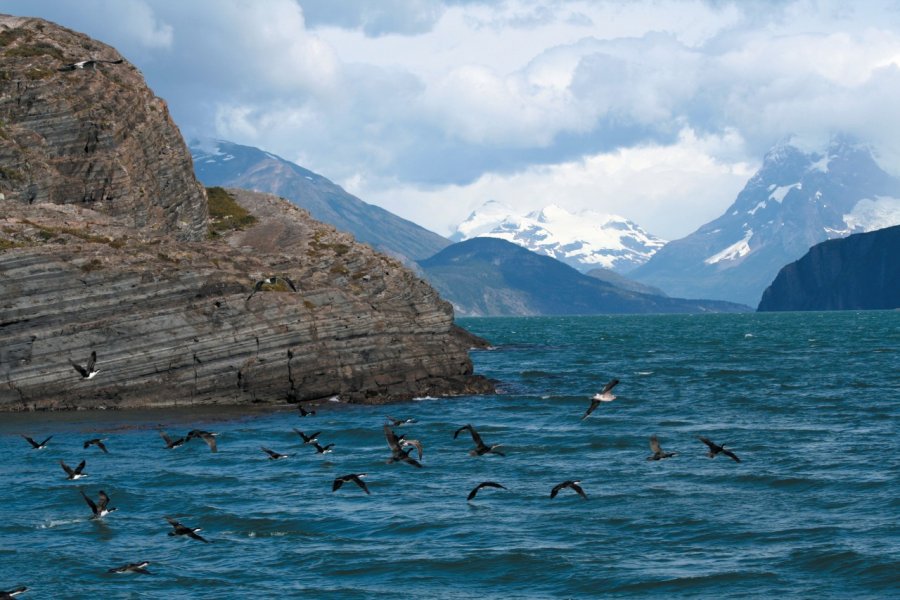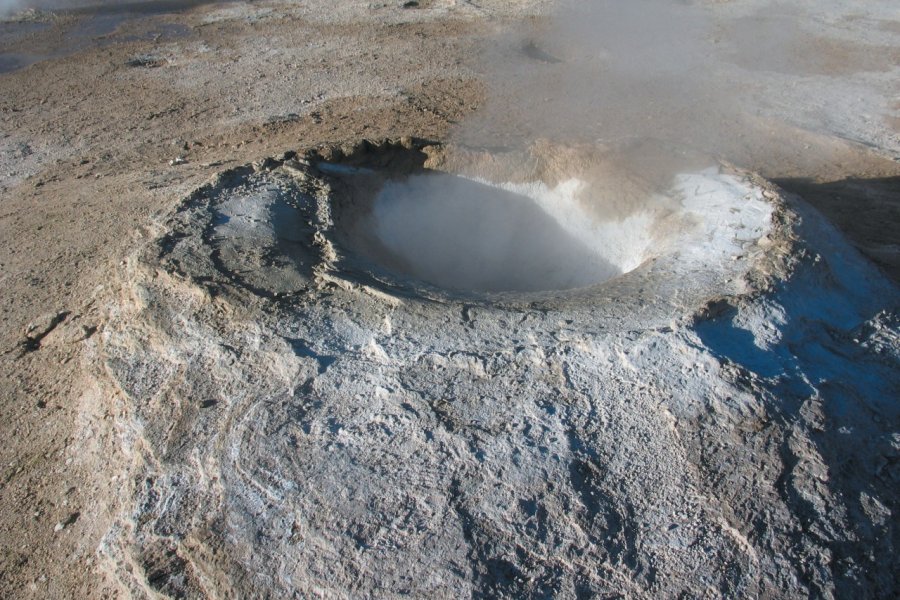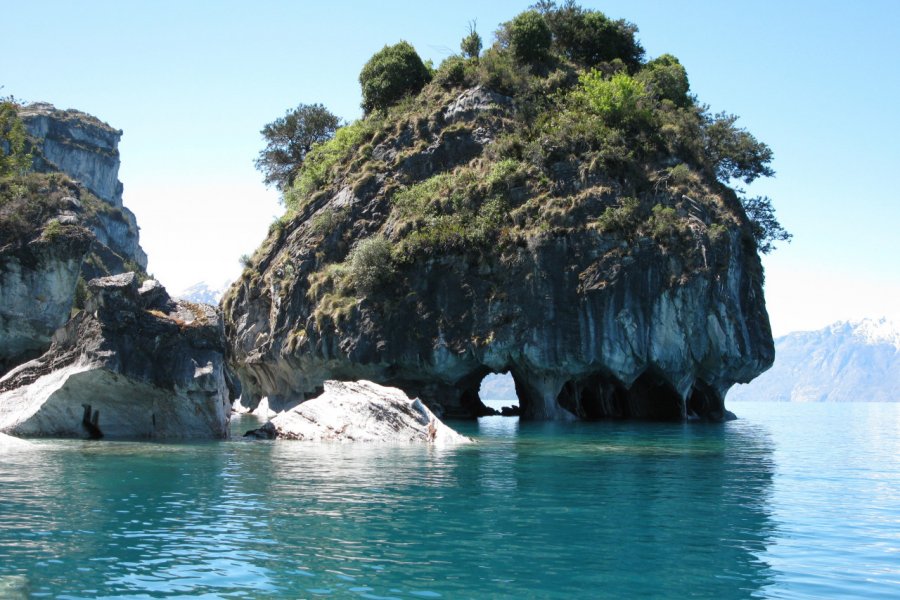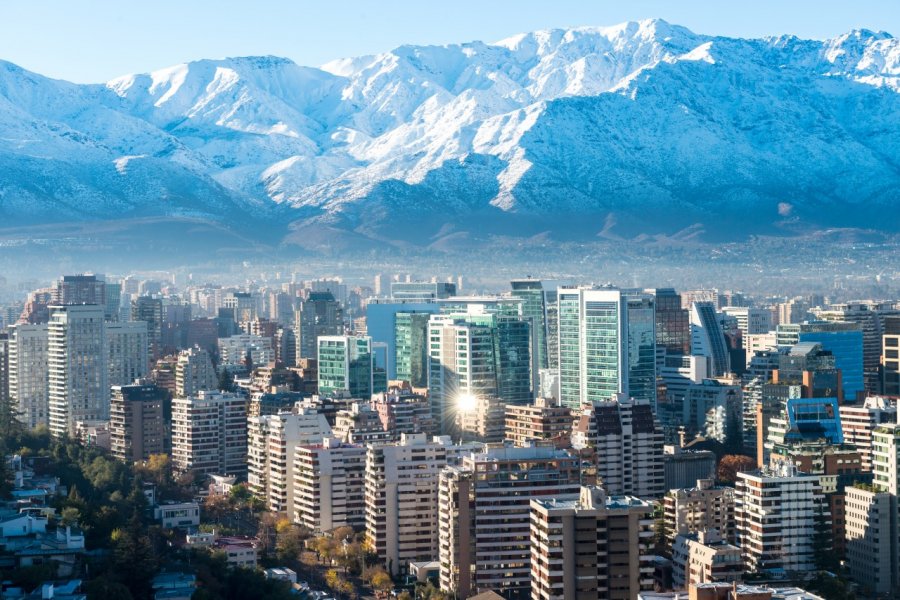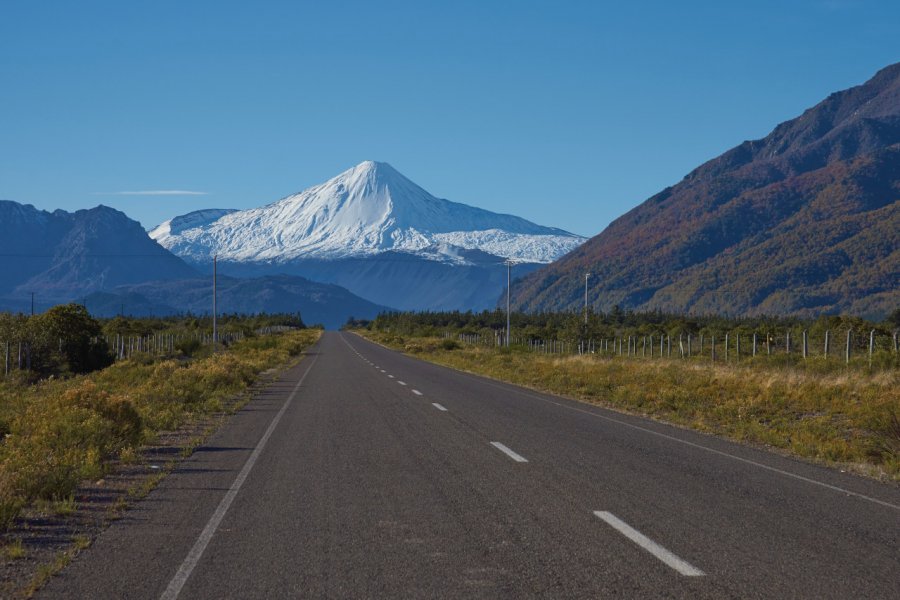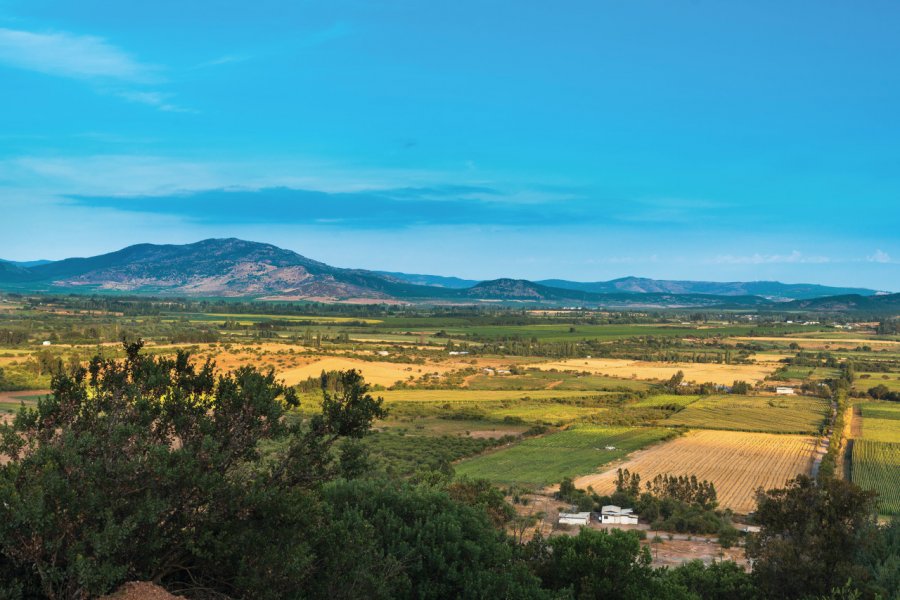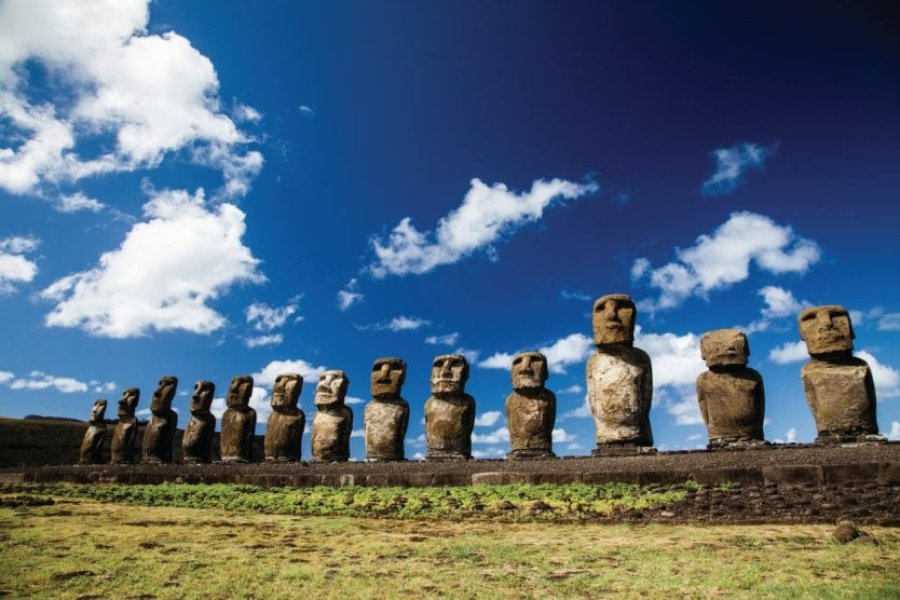Why go to Chile? The 10 good reasons to go Chile

Astrotourism paradise
The best stargazing conditions in the world!

Magical lights
A banquet of colours that embraces every valley, every plain or desert, every peak.

The trekking paradise
The farthest reaches of the world can only be discovered by the walker. Walking is a promise of adventure.

The animal kingdom
Whales, guanacos, elephant seals, condors... nature lovers will be delighted.

A wild and untamed nature
A striking primitive beauty, from its volcanoes to its lagoons, mountains and deserts.

The sports challenge
Volcano climbing, rapids and glacier climbing provide vitality!

Easter Island
The mythical triangular island with its famous Moai never ceases to fascinate travellers.

A changing country
After a bloody dictatorship and a serious social crisis, the country wants a better future.

The Chilean soil
Chile is an exceptional wine-growing region and has a lot of gastronomic dishes. A treat for the taste buds!

A rich cultural heritage
From mystical Mapuche ceremonies to the street art of Valparaiso, a rich and varied culture!
What to visit Chile?
Good to know to visit Chile
 Timetable
Timetable
Between the major urban centers and the vast desert expanses of the north and south, it's easy to imagine that life doesn't move at the same pace for everyone. In the cities, museums and cultural institutes open around 10 a.m., close around 6 p.m. and are generally open at weekends. As for natural sites and parks, they generally open at 6am and close at 7pm.
 To be booked
To be booked
Please note! To gain access to the various tourist sites and parks, it is now imperative that you purchase your tickets in advance on the Internet at www.sernatur.cl. If you're visiting through an agency, they'll take care of these formalities for you.
For the rest, at first sight, reservations are not necessary: you can always find a hotel or organize a guided tour from one day to the next. However, in high season, and particularly on the major tourist circuits (Atacama, Valparaiso, Easter Island and Patagonia), you should be aware that your trip may have to meet certain logistical requirements: in summer, bus, ferry, plane and other transport traffic increases, but this doesn't mean that more departures are scheduled.
Asfor Patagonia, which is mainly accessible in spring and summer, make sure you book well in advance to avoid any unpleasant surprises. For example, for the ferry from Hornopirén to Caleta Gonzalo and the ferry from Puerto Montt to Hornopirén, make sure you buy your tickets 15 days in advance between November and February. In addition, since 2016, advance reservations have been mandatory for accommodation along the W and O circuits in Torres del Paine National Park. You can either use an agency to organize your stay, or make your own reservations. However, the latter can be a real administrative headache: tour operators are always the first to snap up available pitches, so you'll have to juggle between the three organizations responsible for management: CONAF (www.conaf.cl), Vertice Patagonia (reservas.verticepatagonia.cl) and Fantastico Sur (fantasticosur.com) to arrange your dates. The latter will usually take care of obtaining all the necessary SERNATUR authorizations for you.
 Budget & Tips
Budget & Tips
Chile is far from cheap, especially when compared to its Latin American neighbors! If you're coming from Peru or Bolivia, you'll be surprised by the soaring cost of your trip. Generally speaking, prices are quite cheap in the northern regions, and higher in Patagonia.
As far as museums are concerned, prices are rarely exorbitant, and sometimes they're even free, with just a small contribution on your part. Many points of interest are also free of charge, so you just need to be a little curious and take your time: a path can lead to a beautiful waterfall, a conversation with a fisherman can end up with a good fishing trip on his boat, a viewpoint can be an excellent excuse for a lunch break, a stroll along the shores of a lake can lead you to discover a secret beach... In the city as in its most remote areas, Chile is a great playground where you're sure to make some great discoveries!
The vast majority of national parks are fee-paying, with rates for national and foreign visitors, and discounts for students and children. The national parks are administered by CONAF (Corporacion Nacional Forestal), which is part of the Ministry of Agriculture. For an adult, you'll generally need to spend between $4,000 and $30,000. The Rapa Nui National Park is the most expensive in the country, costing US$80, although there is no discount for students. Guides are not required, and you can hike the trails at your leisure.
 Main events
Main events
Celebrating its customs, biodiversity, syncretism and Mapuche heritage, Chile gives in to the slightest festive opportunity: hundreds of local, regional and national celebrations take place throughout the year. The Fiestas Patrias (Patriotic Festivals), on September 18 and 19, are the most important festivities of the year: for several days, Chileans gather with family and friends to celebrate their national cultural identity. Known as the dieciocho (eighteen), the Fiestas Patrias are a kind of national holiday, commemorating Chile's independence from the Spanish Crown. In terms of music and festivals, the coast plays host to major events every year: Valparaiso organizes the Festival de los Artes, while Viña del Mar hosts South America's biggest song festival. But the most charming and picturesque are certainly the folkloric festivities that celebrate the region's unique culture and history: these include the Virgin of Tirana Festival, a religious festival that attracts over 250,000 people every year, the Patagonian Folk Festival, the Shearing Festival, 100 km from Punta Arenas, where huasos put their skills to the test, the Tapati Rapa Nui on Easter Island and the Rancagua Rodeo Festival!
 Guided tours
Guided tours
Of course, guided tours are the order of the day in urban areas, to familiarize you with Chilean history and culture. In Santiago and Valparaiso, opt for a walking tour of the city. Many agencies offer these, each with its own theme(street art, gastronomy, history...). From a few hours to several days, some excursion agencies also offer a variety of à la carte programs. For nature lovers, you can discover the plains of the Altiplano, the arid valleys of the center and the lush forests of the rivers and lakes region on your own. However, for practical or safety reasons, some activities require you to be accompanied. To get close to the marine wildlife, for example, you'll need to book a tour with an agency. To walk among the penguins or approach the whales, these agencies have special authorizations. You'll also need to be well equipped (crampons, helmet, etc.) for glacier trekking. Most sporting activities require a guide: canyoning, rafting, climbing or diving - follow the guide!
 Smokers
Smokers
Smoking is forbidden in national parks, museums and most outdoor points of interest, and is frowned upon. Chile has a strict anti-smoking law which prohibits smoking in public places. Smokers may, however, use designated areas.
 Tourist traps
Tourist traps
In Chile in particular, you don't need any special certification to offer tour guide services: in fact, many agencies offer poor-quality excursions alongside inexperienced, unprofessional guides. So make sure that your guide has all the necessary accreditations and is registered with SERNATUR (www.sernatur.cl).
